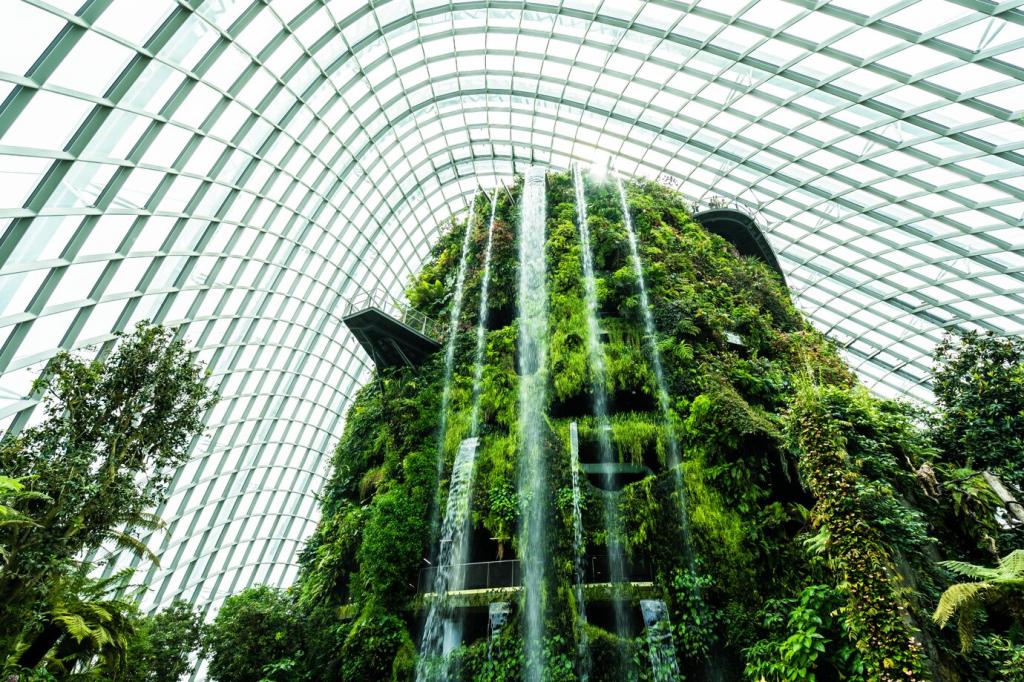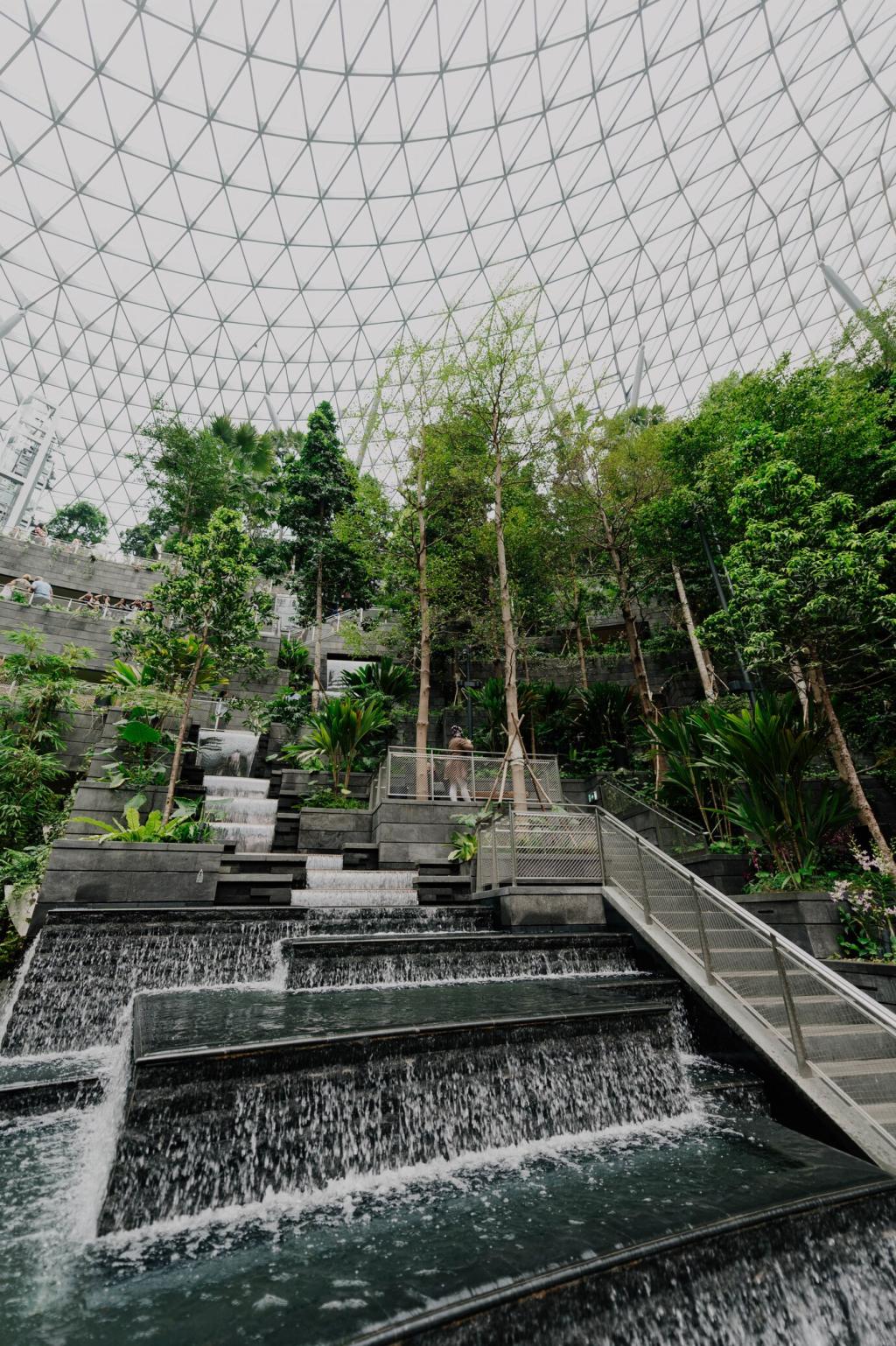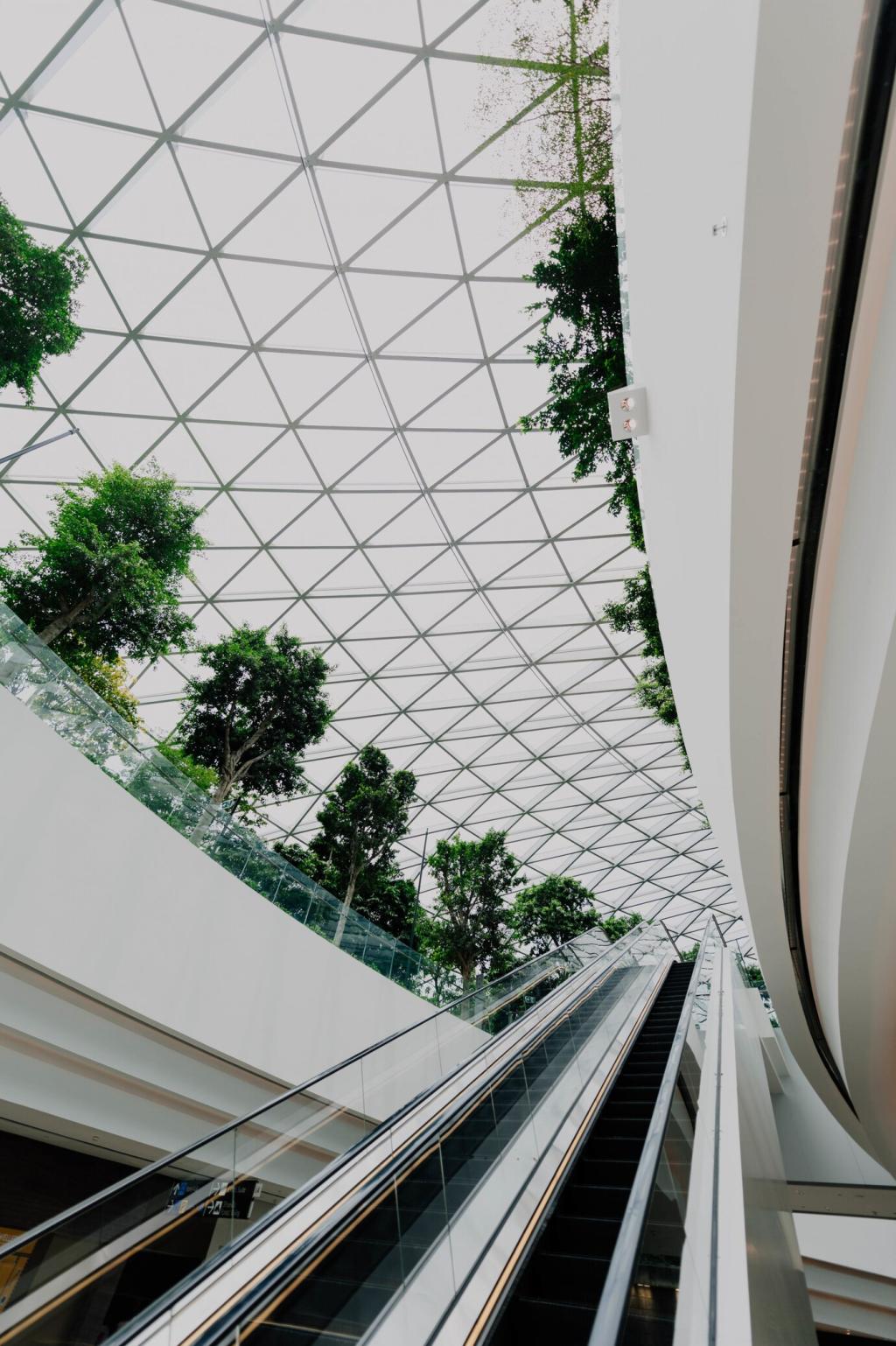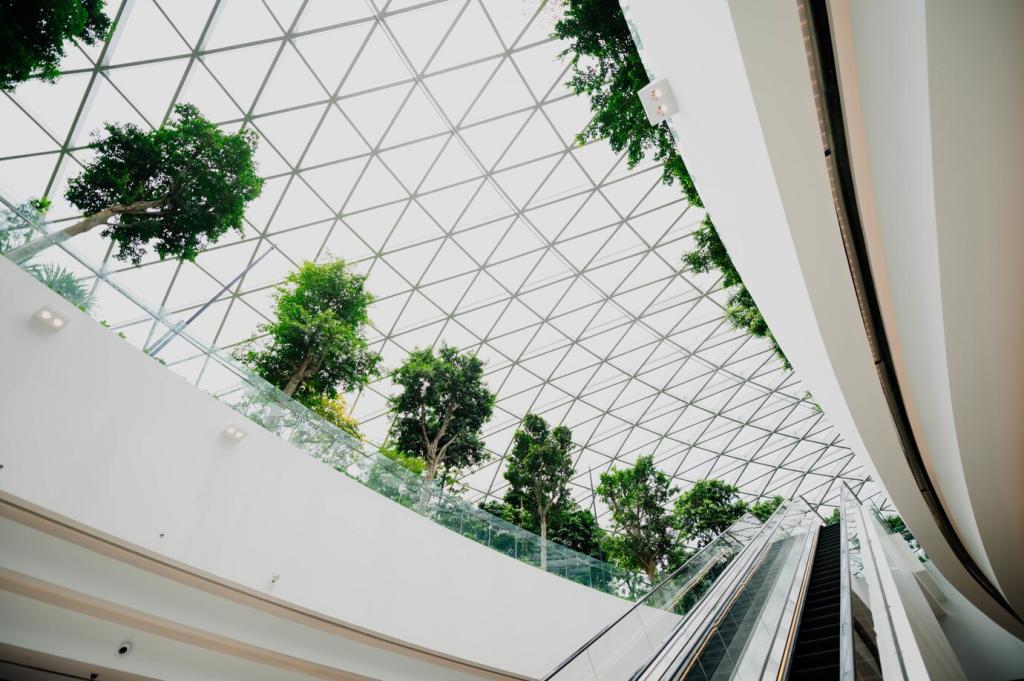Why Biodegradable Cladding Matters Now
In façade design, biodegradable means materials that break down safely under biological action without leaving harmful residues. For exteriors, the bar is higher: weather resistance, dimensional stability, and safe additives are critical. Share which standards you rely on and what tests you need to see before specifying.
Why Biodegradable Cladding Matters Now
Plants like hemp, bamboo, and cork lock away atmospheric carbon as they grow. When turned into cladding, that stored carbon becomes part of the building’s envelope. Tell us if you’ve used environmental product declarations to quantify sequestration and how it influenced your design choices.




